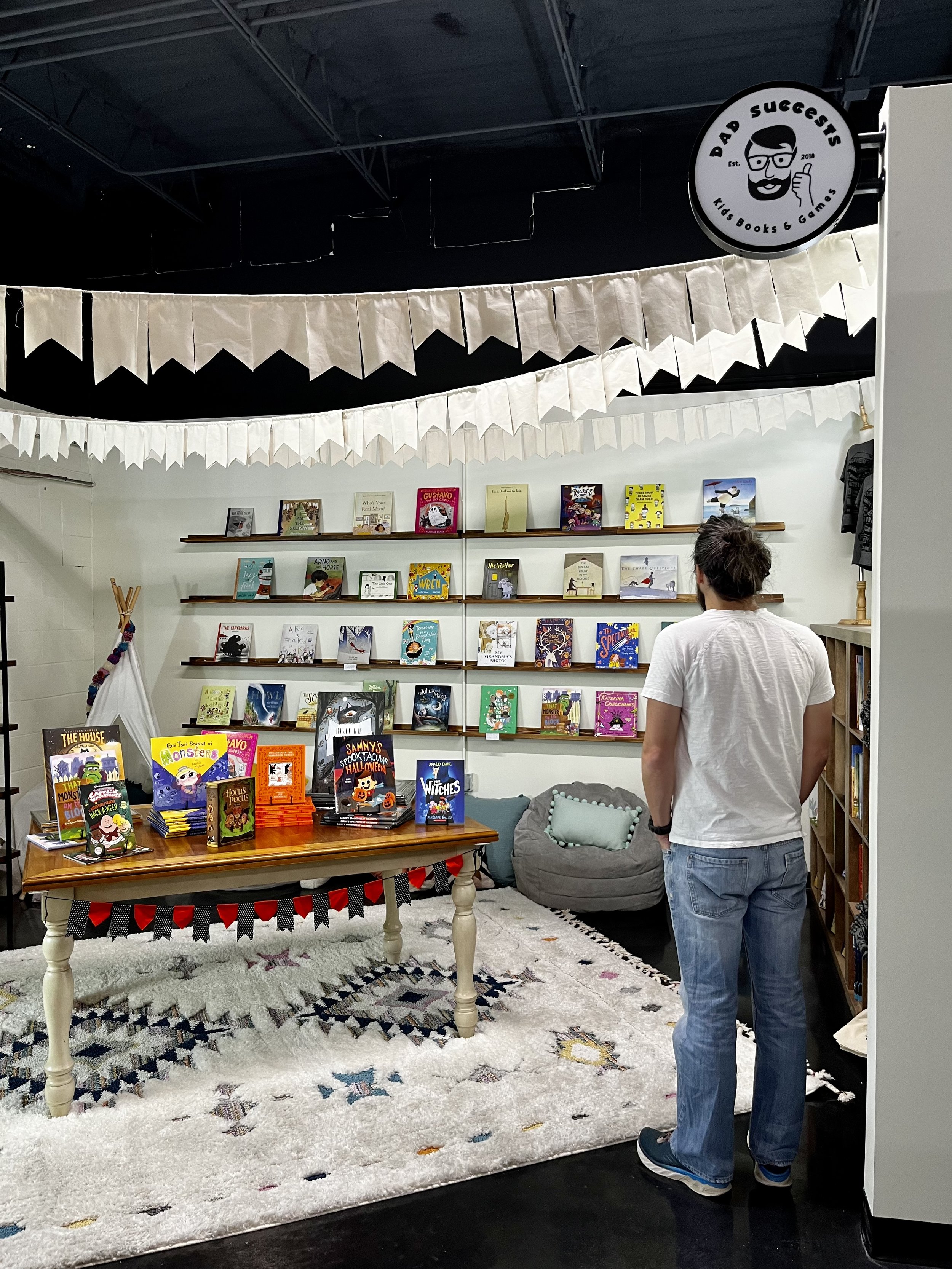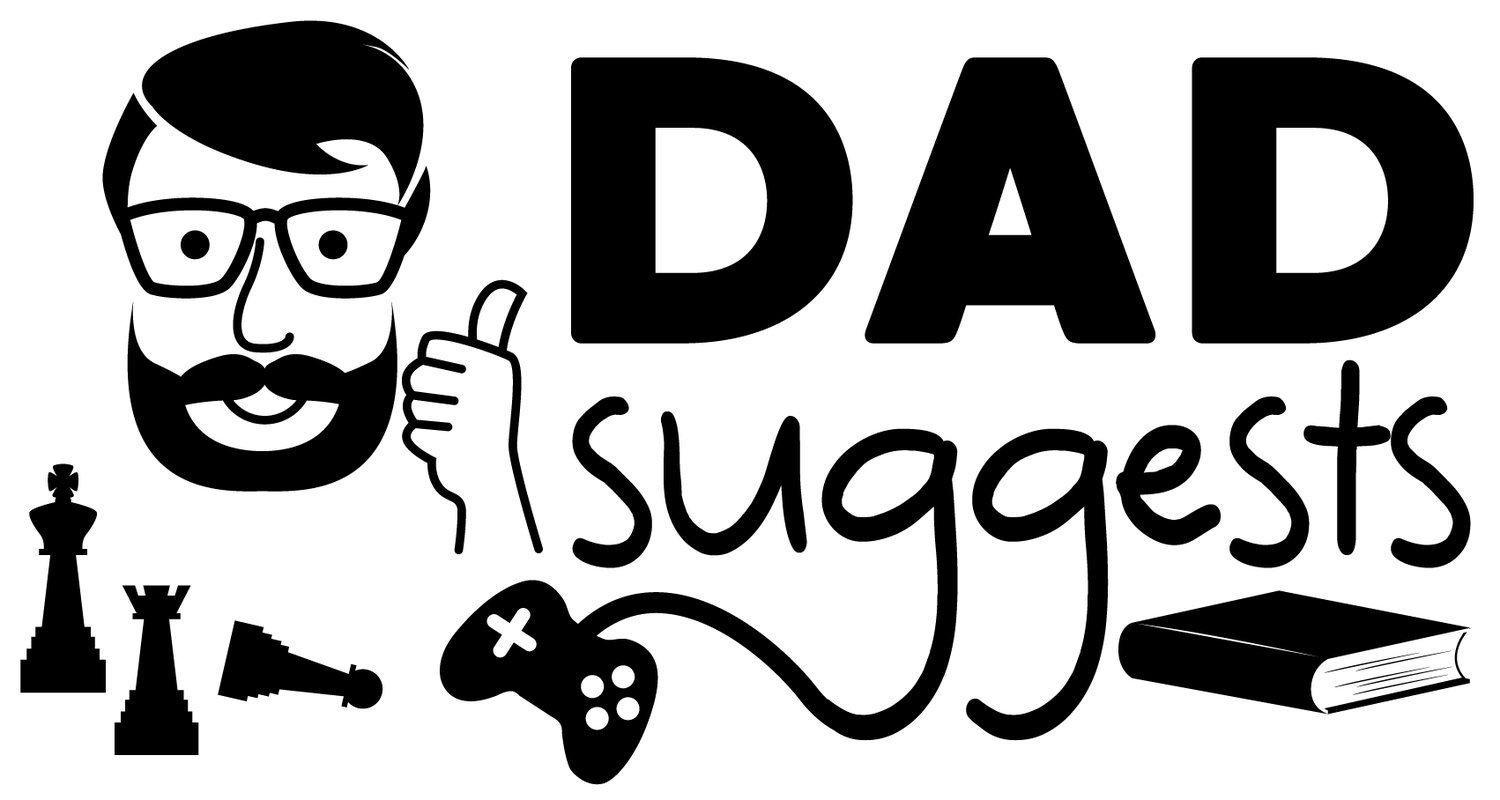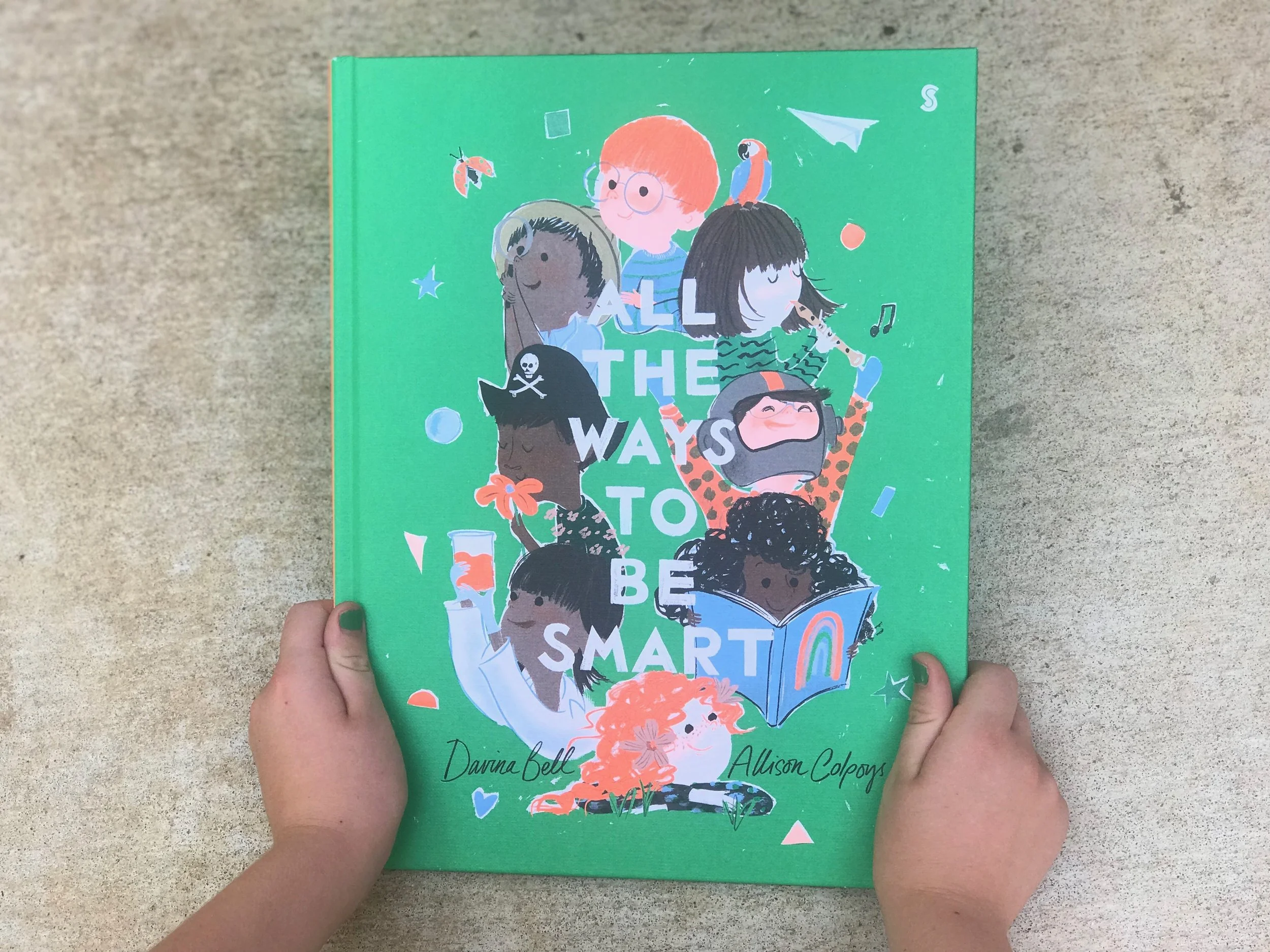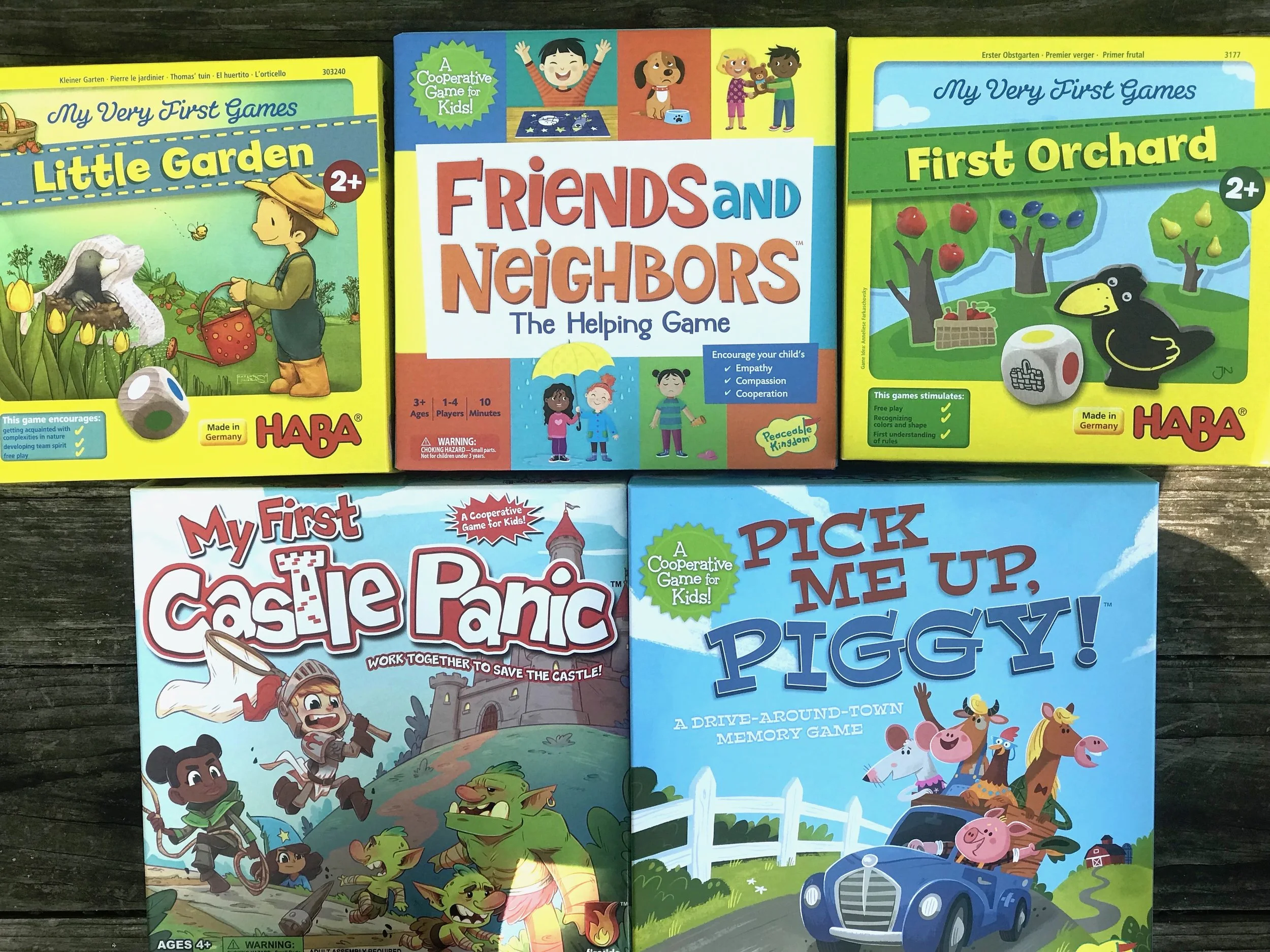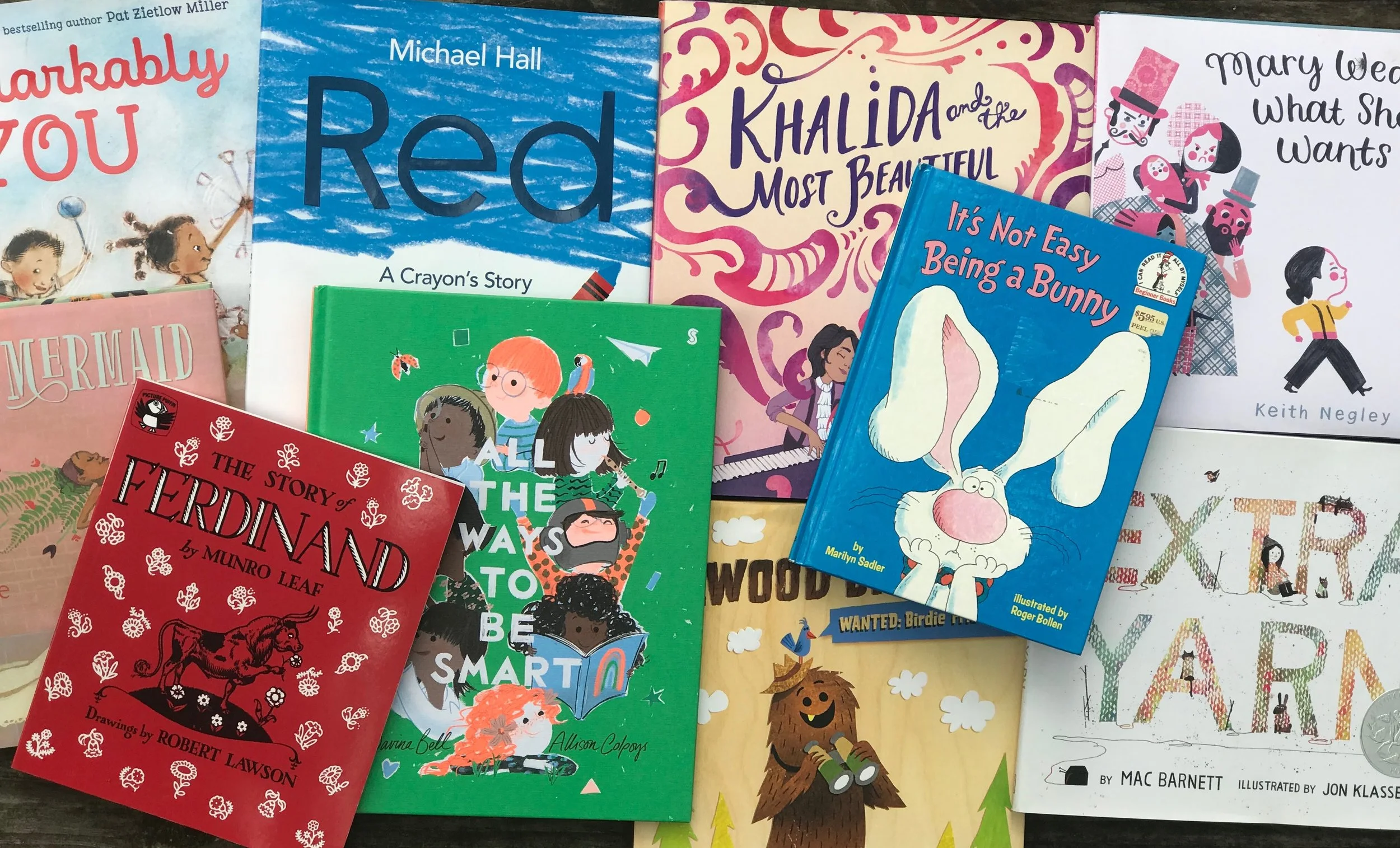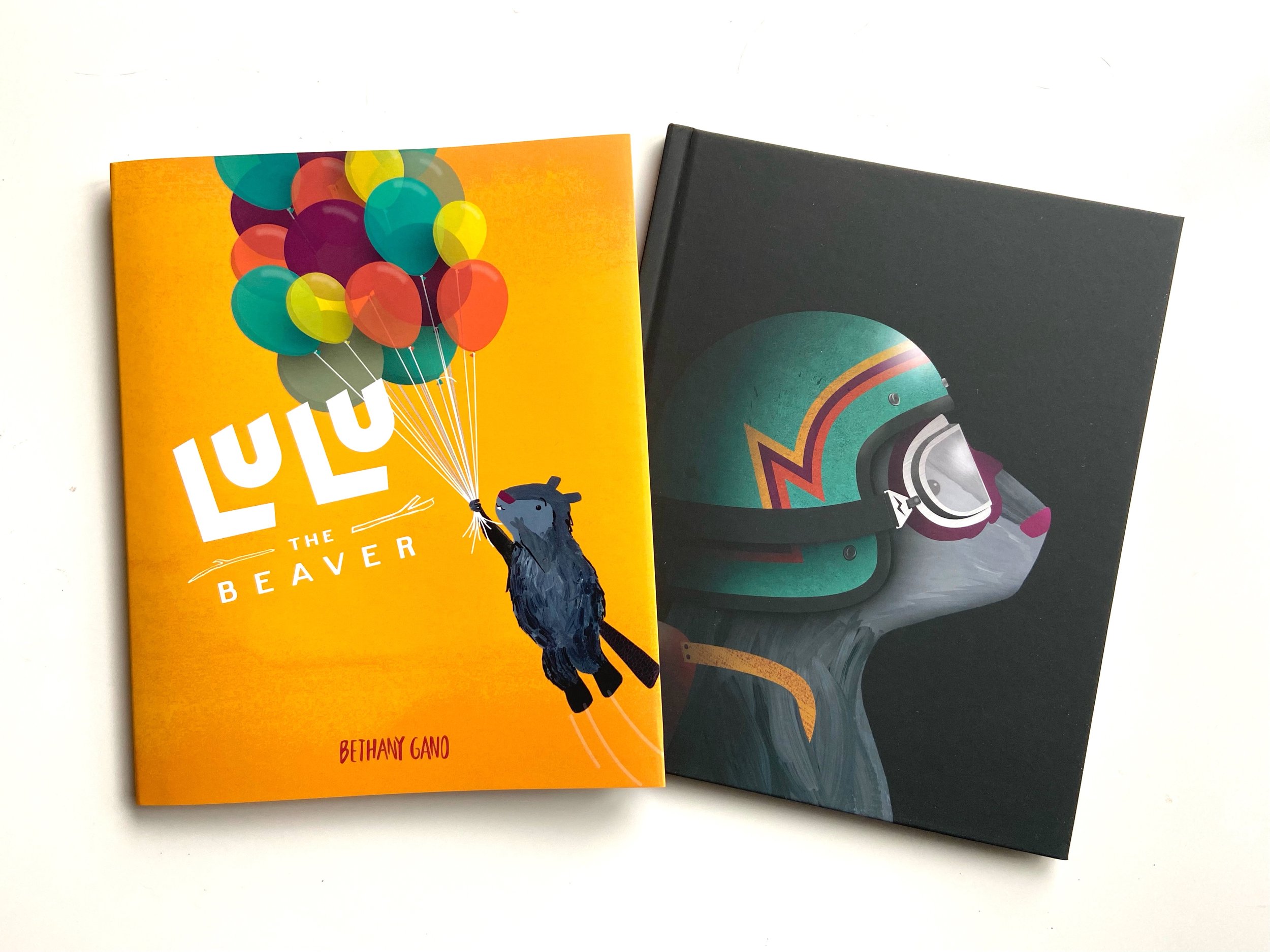Teach Your Kids About All The Ways to Be Smart
School is not everything. And test scores certainly aren’t everything. They barely even qualify as something. If only every child could hear that, I think it would make a big difference in a lot of lives. Society is doing a very good job making children believe they’re worthless if they aren’t good at tests. Now it’s up to loving adults - both parents and teachers - to take it upon themselves to make sure their kids are not internalizing that dangerous message. And I recently discovered the absolute perfect way to deliver this lesson - a picture book called All the Ways to Be Smart by Davina Bell.
Of course, an even better solution would be to fix the broken system that is trying to convince children that their test scores represent their inherent value. Our children are a product of the environment they are raised in, and the environment they’re being raised in worships test-taking ability. Whether it’s implicit or explicit, the message is getting across to kids at a very early age: Some people are smart and some people are not. There’s truly nothing more tragic than a child who is 100% convinced that they are stupid, and therefore without worth.
For the entirety of their formative years, children spend the vast majority of their days inside school. And I do literally mean “inside”. And everything they witness while inside school helps craft their understanding of the world. In particular, they quickly begin to see which types of activities society values the most.
Most children in the US (and a lot of the rest of the world) must think that math and grammar are the most important things in life, because ever since they were 5 years old they’ve spent the majority of each day drilling those topics. And their teachers certainly seem to care about those scores quite a bit more than science and social studies.
Art and music are clearly less important activities, because they only go to those classes once a week, and they don’t even really have grades. How can something be important without a grade? And what about dance, drama, foreign languages, etc.? Well, they aren’t required, so those activities must have the least value of all.
This is a huge problem. Not only are schools systematically killing creativity, but they’re actively steering kids away from their passions. After subjecting an imaginative young artist to that sort of environment for 8 hours a day, don’t be surprised if it takes a toll on their self-esteem and well-being. It’s already been shown that it’s most certainly causing quite a bit of anxiety.
It’s hard for a child to make sense of someone telling them that the things they love and are good at don’t matter. Author Ken Robinson gave the most inspirational Ted Talk I’ve ever heard on this topic. If you’ve never seen it before, I highly recommend that you watch it. He makes a very strong argument that dance should be given equal status to mathematics.
Quite frankly, this is the exact reason we decided to homeschool our son for first grade next year. Seat time requirements, testing, and an obsession with standards begin as early as kindergarten in the US. And for years now it’s been recess and the creative arts that have been paying the price. It’s not uncommon for schools to spend a mere 15 minutes outside for recess. According to the American Association for the Child’s Right to Play, as many as 40% of US schools reduced time outside in the aftermath of the No Child Left Behind Act. And many middle schools have cut it out of the schedule entirely.
It boggles my mind that we’re collectively willing to accept this sorry state of affairs as parents. Particularly in the face of all of the research that’s been done proving the benefits of free play time - and the folly of removing recess. These are our kids we’re talking about. They only get one childhood, and, quite frankly, we’re kind of ruining it.
You might find it surprising, but fighting this battle is not a new concept. In fact, Antoine de Saint Exupéry wrote the most beautiful allegory about this topic in The Little Prince in 1943. In it, a young boy describes how he drew a picture of a boa constrictor eating an elephant, but it only looked like a hat to the grown-ups. After that, this is what he had to say:
… since the grown-ups were not able to understand it, I made another drawing: I drew the inside of a boa constrictor, so that the grown-ups could see it clearly. They always need to have things explained. … The grown-ups' response, this time, was to advise me to lay aside my drawings of boa constrictors, whether from the inside or the outside, and devote myself instead to geography, history, arithmetic, and grammar. That is why, at the age of six, I gave up what might have been a magnificent career as a painter.
Like most things that society tries to ruin, the only surefire way I know to fight back is to very explicitly teach our kids. In my experience, if you want to deliver a meaningful lesson to children, picture books come equipped with the right amount of authority and the right emotional punch to get the job done. And All the Ways to Be Smart is the right book for this job. In fact, it couldn’t possibly be more perfect.
All the Ways to Be Smart should be owned by every parent and teacher in the world. It should be required reading at the beginning of each day of school. Instead of the Pledge of Allegiance, every student should stand up and recite this book. In no time at all, we could eliminate thoughts like “some people are smart and some people are not” entirely.
In all seriousness, I really do think every elementary school teacher needs this book in their classroom library. If we have to have standards in school, this is the type of thing that should be written into them as a required lesson. It’s quickly become one of my favorite books ever written, and I couldn’t recommend sharing it with your children any more highly.
If there’s one line from All the Ways to Be Smart that could be used to sum up its brilliance, it has to be this beautiful reference to schoolwork:
Smart is not just ticks and crosses,
smart is building boats from boxes.
We should hang that as a banner over the entrance of every school. And that’s just the beginning. After that, the entire book lists all the many ways a child can show how clever, talented, and special they are - both in and out of school. Telling stories, daydreaming, asking good questions, painting pictures, saying hello to friends that are shy - the list is perfectly crafted. All children can find themselves somewhere in this book.
At its core, All the Ways to Be Smart is the most incredible champion of the imagination I’ve ever seen. Other books have certainly put a child’s imagination on display before, but All the Ways to Be Smart takes it one step further. This book truly goes to battle for children. It’s like a war cry - striking fear in the heart of any adult foolish enough to still get in the way of this important message. And the message is this: You are smart. You have value.
You’ll have to forgive me a little for projecting my own feelings on this book so much. It’s only in my own head that All the Ways to Be Smart is in a battle with an antiquated schooling system. In reality there isn’t a single shred of negativity to be found inside this book. It’s the most remarkable, feel-good celebration of childhood I’ve ever read. The only thing you’ll find in these pages is a relentless onslaught of positivity and confidence-boosting beauty.
Author Davina Bell and illustrator Allison Colpoys are basically living inside my head. Not only did they make the best case for school reform ever made, but they highlighted many issues of parenting I care deeply about - particularly pursuing your passions and stretching your imagination. They even take time to highlight the importance of empathy! And on top of all of that, Colpoys created images plucked straight from my psyche. Monsters, dragons, Halloween - what did I ever do to deserve this book?
All the Ways to Be Smart has already been released in Australia and the UK, and a US release is set for September 3rd, 2019. I implore you to share this book with every kid you know. Check it out from the library. Give it to your child’s teacher. Run up to children in the park and read it to them. Okay maybe not that last one. But definitely stick it in every Free Little Library you see. I believe the message inside this book is crucial for happiness. This is true meaning of life kind of stuff, and I couldn’t be more impressed.
You can find All The Ways to Be Smart on Amazon or shop local through IndieBound.
Have you gotten your hands on this life-changing book yet? Do you think your kids will like to hear about all the different ways to be smart? Let us know in the comments!
